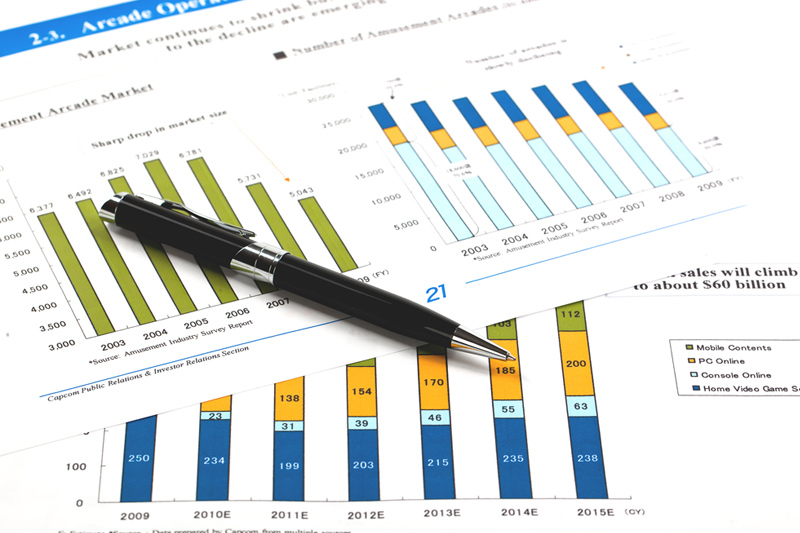This post was originally published on this site

HONG KONG (Reuters) – Stock and bond markets attempted to steady on Tuesday, as investors turned their focus to inflation data and this week’s U.S. labour market report, to gauge if interest rate hikes that have been priced in around the world are justified.
By early afternoon, MSCI’s broadest index of Asia-Pacific shares outside Japan was up 0.2%, while Japan’s Nikkei stock index rose 1.2%, in part helped by a fresh round of weakness in the Japanese yen.
Wall Street indexes fell on Monday, but the pace of selling was reduced and U.S. stock futures edged up by 0.3% in Asia. European stock futures strengthened, with the pan-region Euro Stoxx 50 futures up 0.6% and German DAX futures up 0.6%. FTSE futures were down 0.26%.
Besides interest rates, the health of China’s economy is also at the forefront of investor concerns. China’s benchmark Shanghai Composite Index shed 0.6% on news that several big cities had ramped up COVID-19 restrictions.
Hong Kong’s Hang Seng was also dragged 0.9% lower as investors have started walking back their enthusiasm about an agreement struck between China and the United States for access to Chinese companies’ audit papers.
At the Jackson Hole conference last week, Federal Reserve Chair Jerome Powell and European Central Bank speakers struck a hawkish tone, driving selling of bonds and equities as traders jacked up near-term interest rate expectations.
“The markets focus for the next couple of weeks at least, will be the likely Fed action,” said Manishi Raychaudhuri, head of APAC equity research at BNP Paribas (OTC:BNPQY).
“Earlier, there was talk of a pivot of a possible cutting of interest rates by the Fed, maybe in 2023 second half or so, but that is now sort of falling by the wayside,” he said.
“Higher for longer (interest rate) is possibly the kind of narrative that’s building up.”
Futures markets have odds of better than two-thirds that the ECB raises rates by 75 basis points in September, and see about a 70% chance that the Fed does likewise.
U.S. non-farm payrolls data is due on Friday, and markets may not like a strong number if it supports the basis for a continuation of aggressive interest rate hikes. Ahead of that, German inflation figures due 1200 GMT Tuesday and China’s manufacturing survey due on Wednesday will be closely watched.
U.S. Treasuries settled down on Tuesday morning. The two-year yield fell to 3.3987%, after rising as high as 3.489% on Monday, its highest since late 2007.
Benchmark 10-year yields also fell to 3.0670%, down from 3.13% on Monday. Gilts will likely face pressure when British markets return on Tuesday from a holiday on Monday.
The U.S. dollar steadied after an overnight dip, though the euro was attempting to regain parity, helped by ECB hike bets and a cooling of gas prices. [FRX/]
The dollar index, which measures the currency’s value against a basket of peers, rose 0.1% to 108.73, not far from the two decade peak of 109.48 it made a day earlier. The dollar traded at $0.9999 per euro and bought 138.52 yen.
Rodrigo Catril, a strategist at National Australia Bank (OTC:NABZY), said the euro will be tested by the upcoming inflation numbers in the eurozone, the jobs data in the United States and Russian cuts to gas flows later in the week.
“The European story is actually all about the economic outlook … no energy means no growth,” he said, adding it would not surprise if the euro falls back to $0.96.
Oil mostly held gains on the prospect of output cuts, as traders look ahead to a producers meeting on Sept. 5. U.S. crude dipped 0.4% to $96.59 per barrel and Brent crude fell to $104.2.
Gold was slightly lower. Spot gold was traded at $1,735.52 per ounce.



